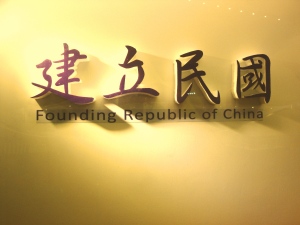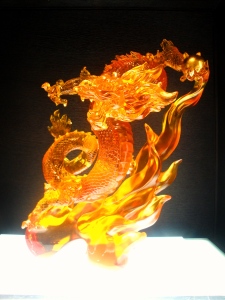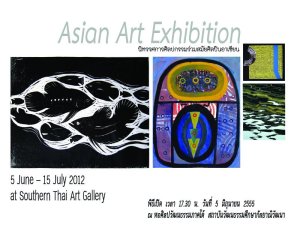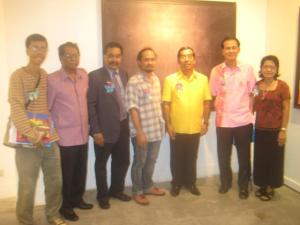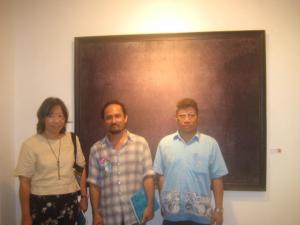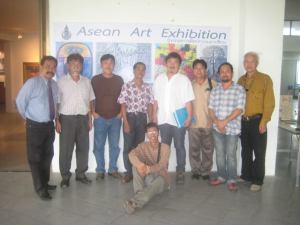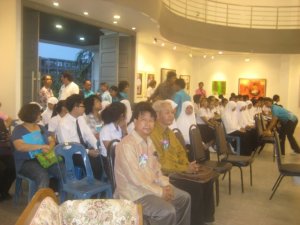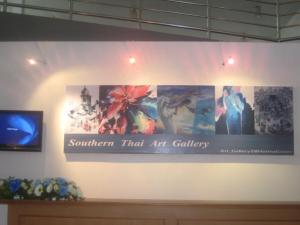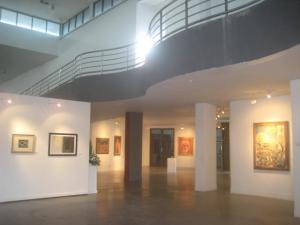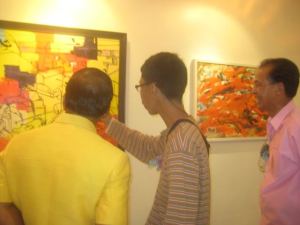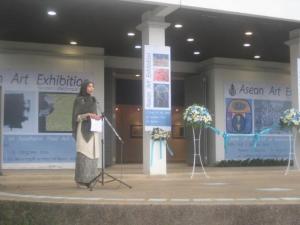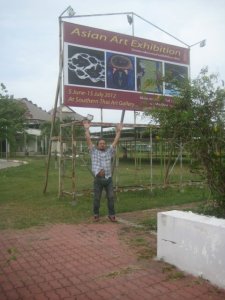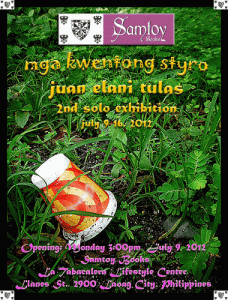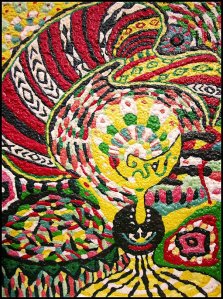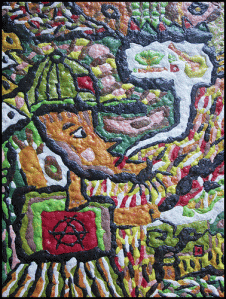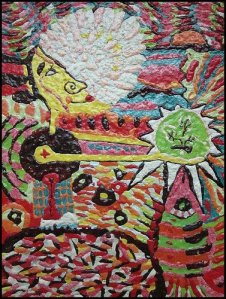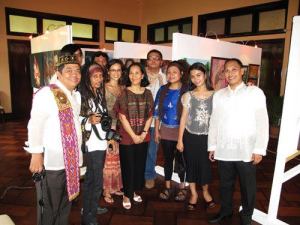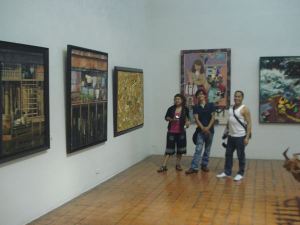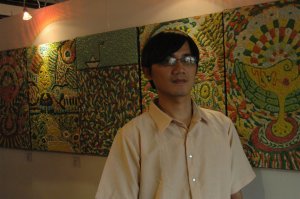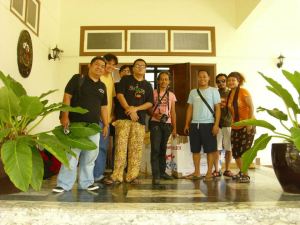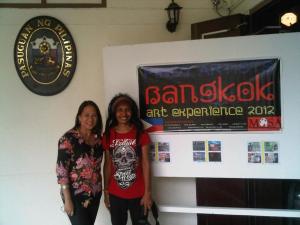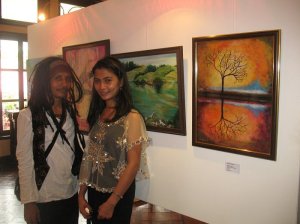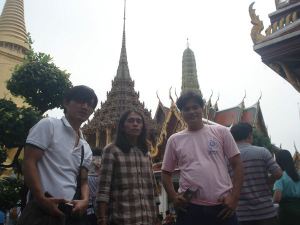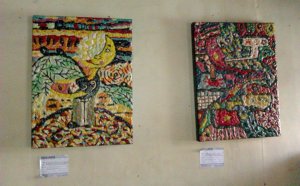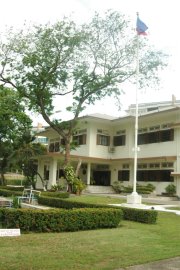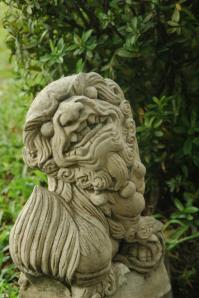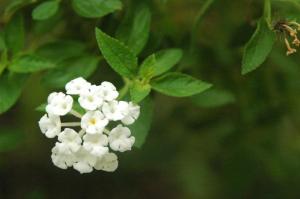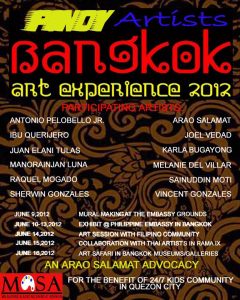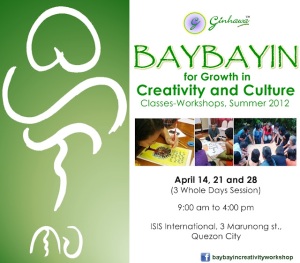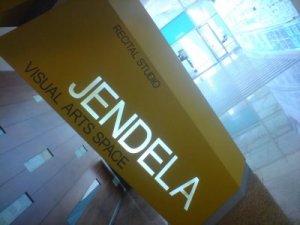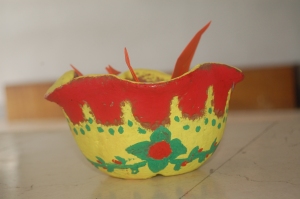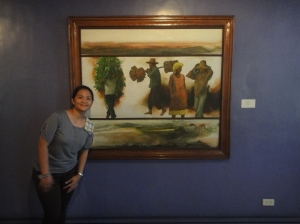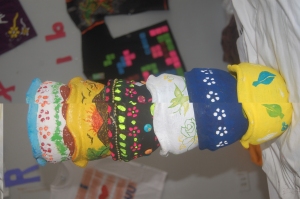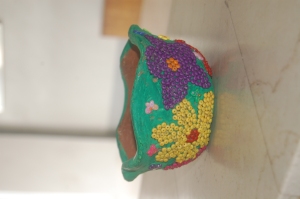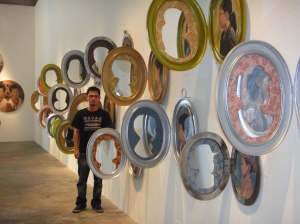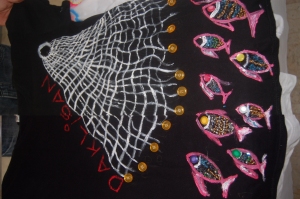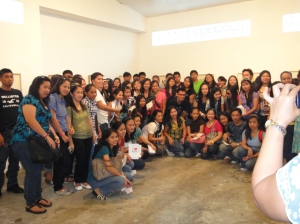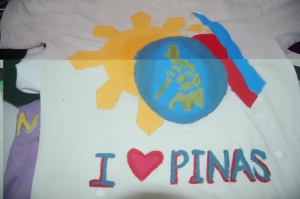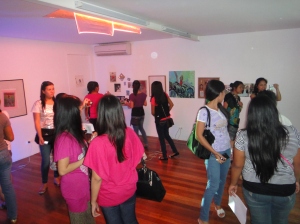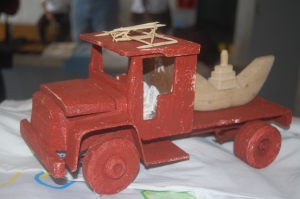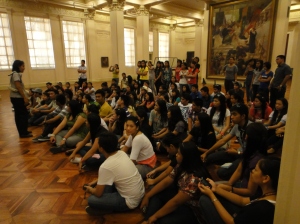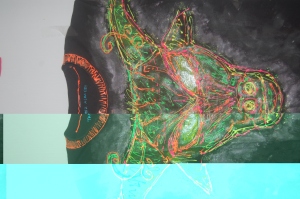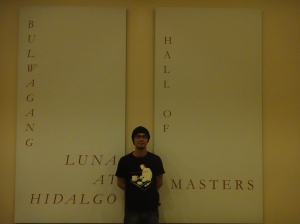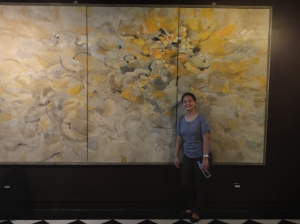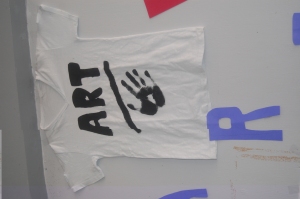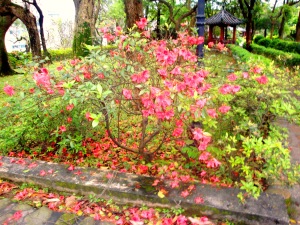
The Pink Resilience
The Pink Resilience
When I was a kid I remember seeing thousands of Gumamela flower. In the early 90s, our city was adorned by thousands of plum blossoms in red, yellow and orange. I remember using it as a garland and we picked dozens of them and made and blew hundreds of sparkling Gumamela bubbles. The experience was really subliminal and partly emotional. It is sad to note that the flowers and the bubbles are gone. The Gumamela are rarely found even in the remotest villages. I never knew about the Gumamela metaphor until I learned that it was the national flower of China and Taiwan. China Airlines, the largest airline in Taiwan wears the pink blossom. In Chinese culture, the pink blossom is a metaphor for strength, beauty and the resilience to overcome adversity. I saw a lot of Gumamela flower n Tamsui, Taiwan. The ceasing of the flower might give us an idea on where and what we are now. Decoding the flower is a good way of knowing who and what we truly are as Asians.

The Great Tamsui River from TKU Cheuh Sheng International Center. 2012.

Canal is formed when Water Comes
And then I arrived in the Tamsui District of Taipei, Taiwan.
I learned that Taiwan was geographically and topographically similar to Bangui, Pagudpud and Adams of Ilocos Norte, Philippines. It shares the same sea. Its mountain range, its native trees, flora and fauna are similar to that of the Tamsui District, Taiwan. The precipitation and the weather is exactly the same. Tamsui is surrounded by water – the sea and Tamsui River. Tamsui is abundant in exceptional scenery with a rich blend of culture and natural wonders.

The Mighty Tamsui River
The three municipios will learn a lot if they visit the Tamsui district. If and when they aspire for an urban development fit for a village-ecological future oriented city Tamsui is the place to be. The mayors of these municipalities should visit Tamsui, Taiwan. Tamsui is a nature-oriented, ethnic-culture sensitive, tourist friendly future city. I was told that the Spaniards briefly occupied the area and renamed it to Casidor in the 17th century to facilitate trade with China and Japan. The Spaniards were expelled later by the Dutch. Tamsui (Danshui in English) started as a small fishing town that slowly became a center for tourism, fishing and trade port in the north of Taiwan. In fact, one of its national historical monument is Fort San Domingo. The fort has a history of over 400 years and the British used it as a consular office. They also have the Little White House. The Spaniards built in 1862.
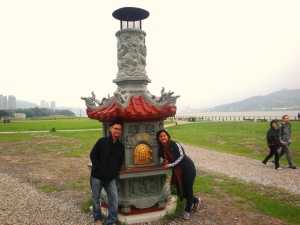
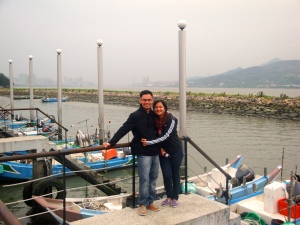
Tamkang University: Simplicity, Truthfulness, Firmness and Perseverance
I stayed at Tamkang University (TKU) International House, my host. And so I went around the campus known as the “City of Intellect” and learned that Tamkang University is the first private university of Taiwan. It has four campuses namely: Tamsui Campus (The City of Intellect), Taipei Campus (The Sea of Knowledge Navigator), Lanyang Campus (the Garden of Wisdom), and Cyber Campus (The Space of Knowledge Explorer).
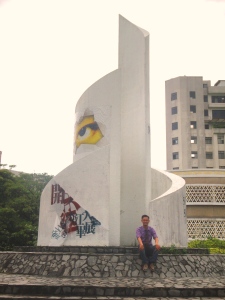
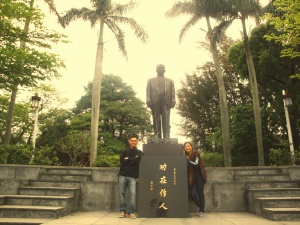
Today, TKU is ranked 9th by the Ministry of Education in Taiwan and in Asia’s Top 50 university. Around 30,000 form the diverse student of TKU and partners with 28 sister universities around the world (Source: http://english.tku.edu.tw/Campus_four.asp).
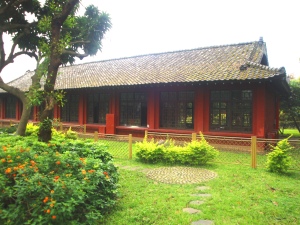
Chinese Palace Style Classroom
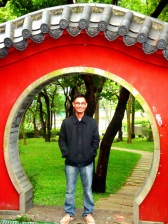


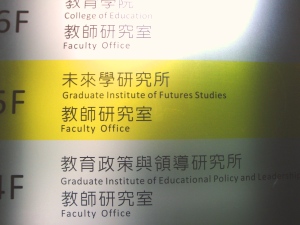
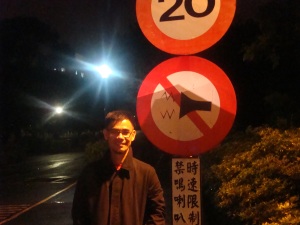
Established in the 1950s its “Triple Objectives of Education” in nurturirng academic growth are: globalization (spatial pattern of the future); information-oriented education (the life pattern of the future); and future-oriented education (the time frame of the future). Its motto is “SImplicity, Truthfulness, Firmness and Perseverance.
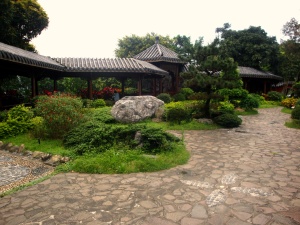
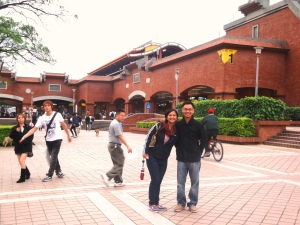
I was able to visit the Statue of Mr. Chang Ching-Sheng (founder), Liu Sheng Memorial Science Hall, Retaiku International House, the Business and Management Building, The College of Education Building, the Cheuh-Sheng International Conference Hall, the Carrie Change Fine Arts Center, Cheuh Sheng Memorial Library and of course The College of Liberal Arts Building.
Taipei 101: A Transmodern Skycraper
A landmark skycraper in the Xinyi District of Taipei, Taipei101 is the tallest and the largest green building in the world. The building was awarded LEED (Leadership in Energy and Environmental Design) Platinum certification in 2011. The building was ranked the tallest in the world until 2004. 101 is iconic it symbolizes the fusion of Asian culture and technology. The structure is transmodern (it combines high-tech architecture, technology and feng-shui, ancient mystical science and traditions) and function like a sundial when face by the sun. I was told that its layer light displays the seven colors of a spectrum (rainbow) and one color coincide with the days of the week. Truly, 101 is one of the best skyscraper in the world and embodies transmodern way of thinking, aesthetics and icons. The 101 is a pillar of Asian creativity.
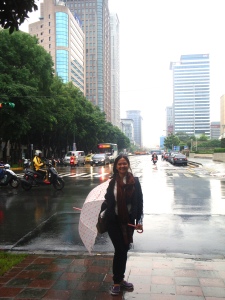
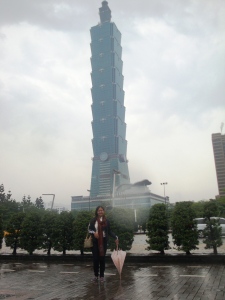
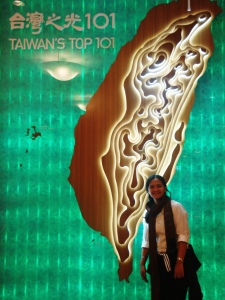

Chiang Kai Shek and Sun Yat Sen Memorial Hall: Standing on the Shoulder of Giants
And then I was standing on the shoulders of giants. I was fortunate to have visited the memorial halls of Chang Kai Shek and Sun Yat Sen. Jiang Jieshi in Mandarin, Chang was a prominent political and military leader of 20th century Republican China. Known for transforming the Whampoa Academy as one the most sophisticated and advanced military school in Asia, he led China until a civil war broke out and the Communist Party of China ousted the Nationalist Government to Taiwan. Chang Kai Shek ruled as President of the Republic of China in Taiwan until his death in 1975.
Of course, Chang’s predecessor Sun Yat Sen, a Chinese revolutionary and founding father of the Republic of China, was responsible in overthrowing the Qing Dynasty. Sen was a uniting figure in the post-imperial China. He was one of the so-called “Four Bandits” that fought the Qing Dynasty. His legacy of the Three Principles of the People and the Five Yuan Constitution continues to guide Taiwan’s political system and bureaucracy. Sun Yat Sen in my book is one of the most inspiring figures of the early 20th century. His biography, speeches, writings on government and democracy is a must read. Professors, young leaders and historians will learn a lot by reading Sun Yat Sen’s writings.
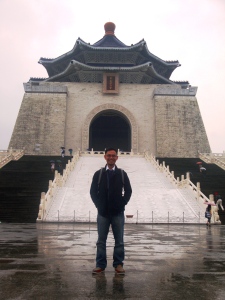
Chang Kai Shek Memorial Hall
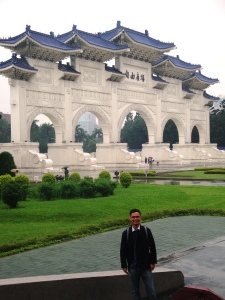

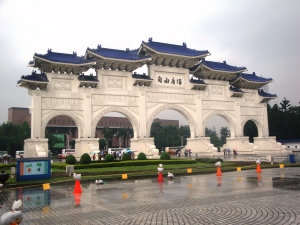
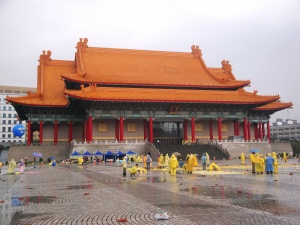
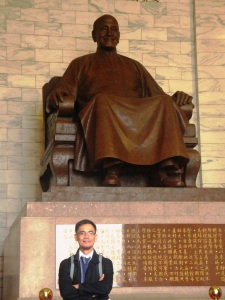
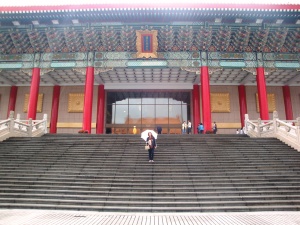
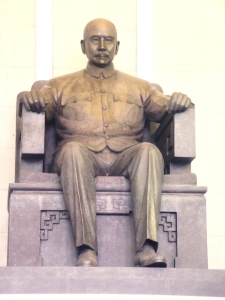
Sun Yat Sen ended the 2000 years of Dynastic System in China

Sun Yat Sen Memorial Hall
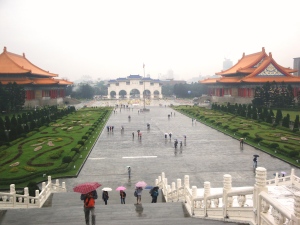
Chang Kai Shek Memorial Hall

The National Palace Museum: Chinese: Arts, Music Culture and History
The National Palace Museum exhibits a fine collection of Chinese arts, culture and history. Originally founded in 1925, the NPM collection numbers to more than 680,000 objects making it a premier museum of Chinese art and culture. Most of the artifacts found in the Forbidden Palace are housed in the National Palace Museum. The Republic of China shipped around 600,000 artifacts when the civil war raged between the Nationalist government and Communists. The NPM is a fully evolved museum and employs the latest digital technology in cultural innovation and industry. The NPM plays a vital role in shaping the future of museums and its role in contemporary life and society.
NPM features the following exhibit:
- The Mystery of Bronzes
- Nature and Human in Unison: Smart Cravings of Jade and Beautiful Stones
- Uncanny Feat and Celestial Ingenuity: The Carving of the Ming and Qing Era
- Art in Quest of Heaven and Truth: Chinese Jades through the Ages
- The Bell and Cauldron Inscriptions: A Feast of Chinese Characters – the Origin and Development
- Rituals Cast in Brilliance: Chinese Bronzes Through the Ages
- Special Exhibition Gallery
- A History of Chinese Ceramics
- Painting and Caligraphy
- Rare Books and Documents
- Arts from the Qing Imperial Collection
- Splendors of Qing Furniture
- Religious Sculptural Arts
The Museum Layout is quite massive and a visitor would need at least three to four days at least to tour the two exhibition areas including the library building. You can also visit the Zhishan Garden without extra cost. General admission is priced at NT $160 that’s more or less about 200 in Philippine peso.
The museum also has a Children Gallery, a multimedia auditorium and offers creative workshop classes.

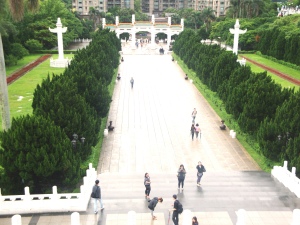
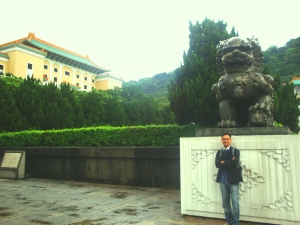
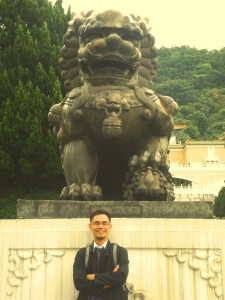


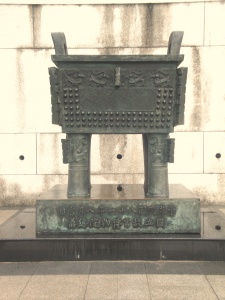
Metro Arts
Yes the Taipei train and subway stations was passenger friendly. But more than that was the Metro train exhibiting modernist and even futuristic art works. The public art that I saw were children artworks.The artworks were distinctive, delightful, thought-provoking and inspiring. Work of arts can be found in a number of stations.
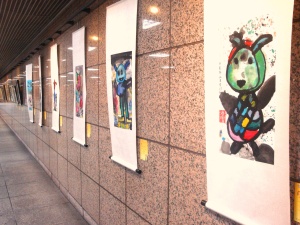
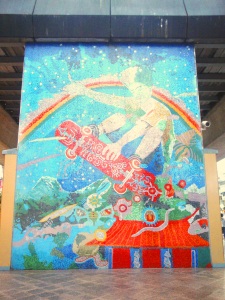

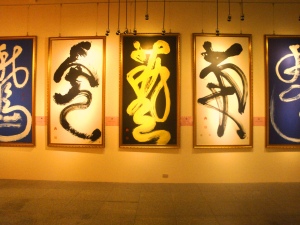
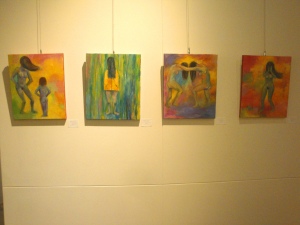
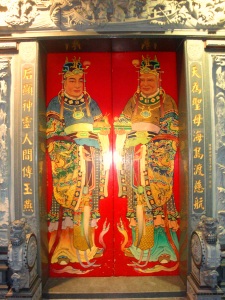
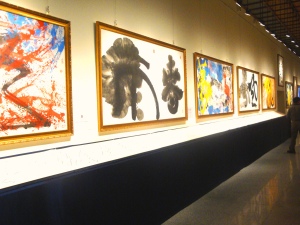
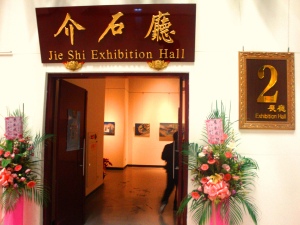
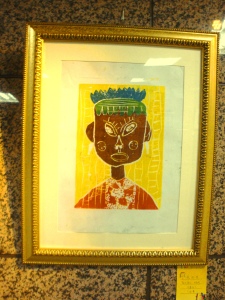

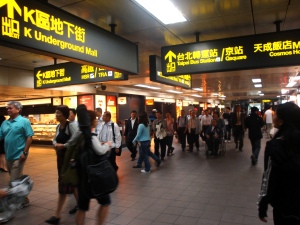
Spring Optimism
Last day in Taiwan was a time well spent. We went to the National Palace Museum, the Chang Kai Shek Memorial Hall, the Sun Yat Sen Great Memorial Hall and of course Taipei 101 – the tallest shopping mall in Asia (formerly known as Taiwan World Financial Center). It would have been better if we were able to check the Martyr’s Shrine, Taipei Fine Arts Museum, Confucius Temple, Spot Taipei, the North Gate and the National Museum of History. We hope to visit them soon.
